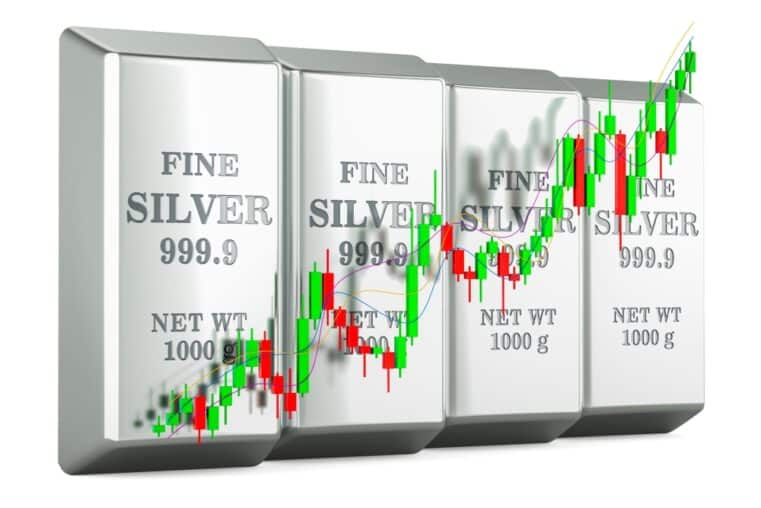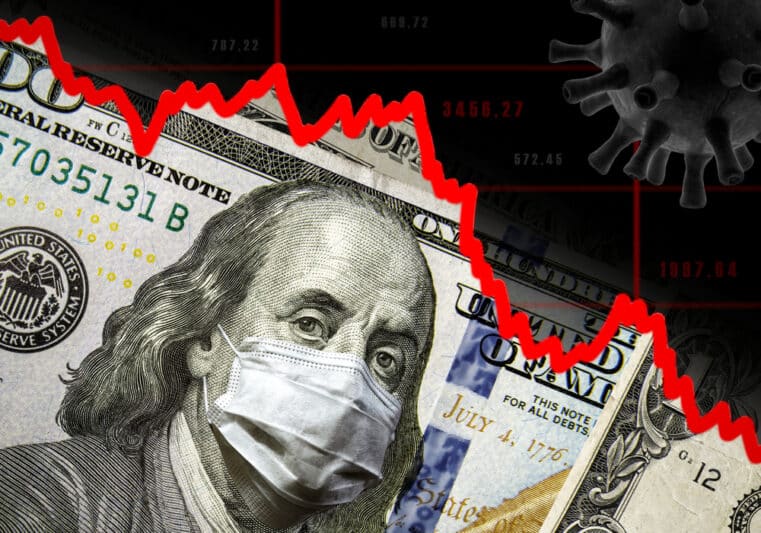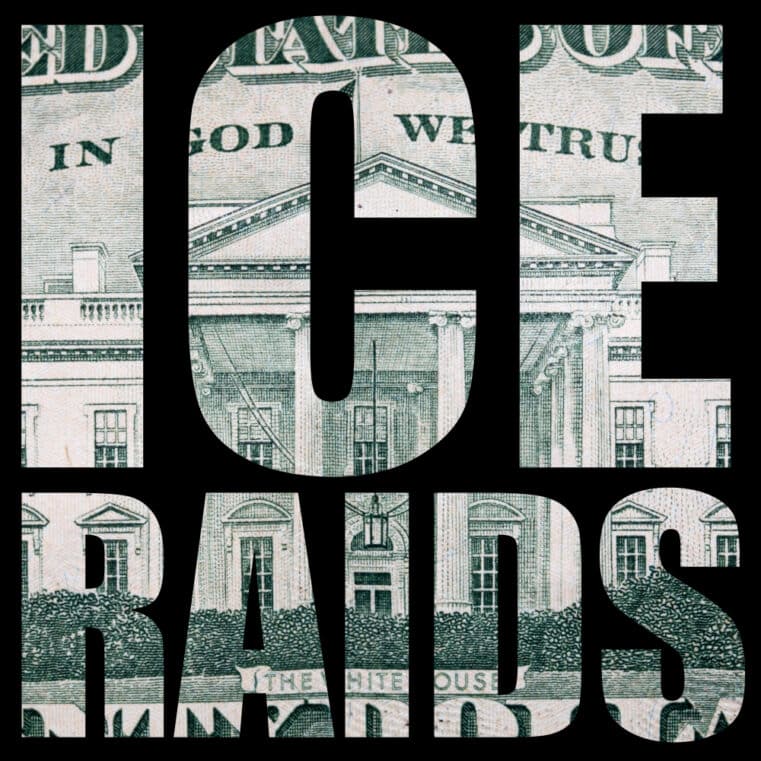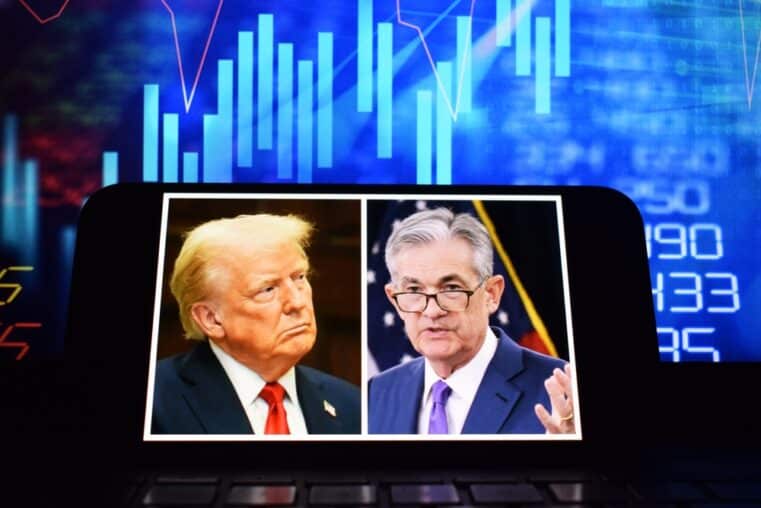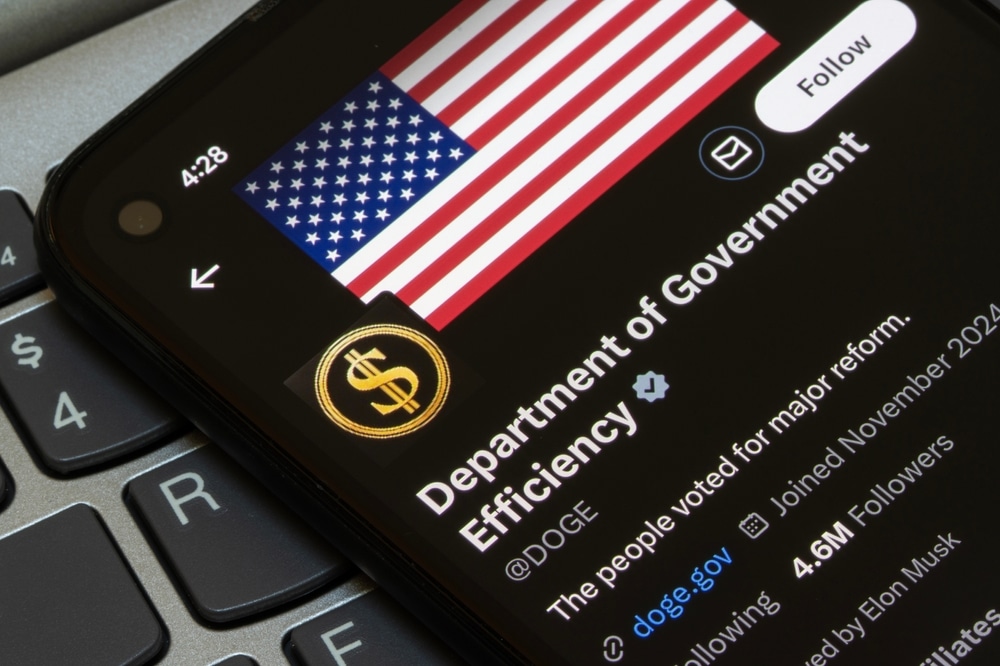
America’s Trade Deficit Hits Record High – What They’re Not Telling You
The Trade Deficit Hits a New High – But Why Now?
America’s trade deficit soared 24.7% in December to $98.4 billion—the highest since March 2022. Imports surged to an all-time high of $364.9 billion, fueled by businesses front-loading goods ahead of looming tariffs. On the surface, it looks like an ordinary reaction to trade policy uncertainty. But dig deeper, and you’ll find a pattern of economic manipulation designed to weaken the U.S. dollar and push us further into dependency on foreign-made goods.
Let’s connect the dots:
- China, Mexico, and Canada saw increased trade surpluses with the U.S.—the same nations that Trump’s administration is pressuring with tariffs and trade restrictions.
- Imports of finished metals and high-tech goods skyrocketed—a clear sign that corporations are racing to stockpile supplies before costs rise.
- Switzerland, a country not even targeted by new tariffs, saw a $9.2 billion spike in finished metal exports to the U.S. Why? Because major banks and institutional investors know what’s coming: economic uncertainty and a loss of confidence in the dollar.
America Is Being Hollowed Out—By Design
This deficit isn’t just about short-term trade fluctuations—it’s the symptom of a failing fiat currency system. Let’s state the uncomfortable truth: The Federal Reserve’s reckless monetary policies have inflated the dollar to oblivion. America is importing more than it exports because our economy is built on debt and consumption rather than production and savings.
Since Nixon severed the gold standard in 1971:
- The dollar has lost 97% of its purchasing power.
- America has become dependent on foreign manufacturing, gutting our industrial base.
- The national debt has spiraled beyond $34 trillion, making real economic recovery impossible under the current system.
This is no accident. The financial elites who engineered this system thrive on perpetual deficits. A weaker U.S. economy makes it easier to justify central bank intervention, digital currency rollouts, and ultimately, the erosion of your financial freedoms.
What Comes Next? De-Dollarization and Inflation
The surging trade deficit is a harbinger of a much larger economic shift. With BRICS nations moving toward alternative reserve currencies and countries like China and Russia stockpiling gold, the writing is on the wall:
- The dollar’s global dominance is fading. As America prints more fiat money to cover trade deficits, foreign nations will eventually reject our debt-backed currency.
- Inflation will continue eroding middle-class wealth. The more the U.S. relies on imports, the more we’ll feel the sting of rising prices as the dollar weakens.
- A financial reset is coming. Whether through gold-backed alternatives or central bank digital currencies (CBDCs), the global monetary system is shifting—and those who aren’t prepared will suffer.
How to Protect Yourself
You can’t rely on the government to fix this mess, but you can take steps to shield your wealth:
- Ditch fiat dependence. Convert part of your savings into real assets like gold and silver.
- Diversify your holdings. Consider alternative assets that retain value outside the traditional banking system.
- Educate yourself. Understand how currency devaluation and trade imbalances impact your financial future.
The collapse isn’t coming—it’s already here. The question is: Will you take control of your financial future, or will you wait for the inevitable fallout?
Take Action Now
The financial system is rigged against you, but knowledge is power. If you’re ready to protect yourself from the coming economic storm, start today:
📥 Download my free book, Seven Steps to Protect Your Bank Accounts, and learn how to shield your wealth from inflation and banking failures. Get it here.
📖 Secure a copy of The End of Banking as You Know It at a special discount. Learn how to thrive in a post-fiat world. Order here.
Time is running out. Will you be a victim of the collapsing system, or will you prepare for what’s next? The choice is yours.



